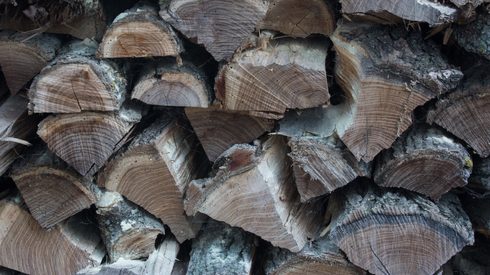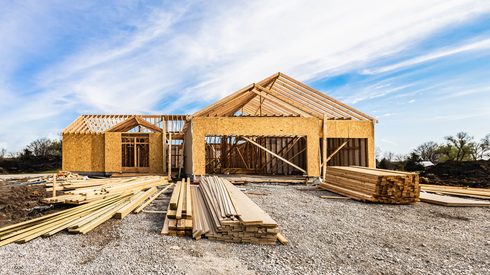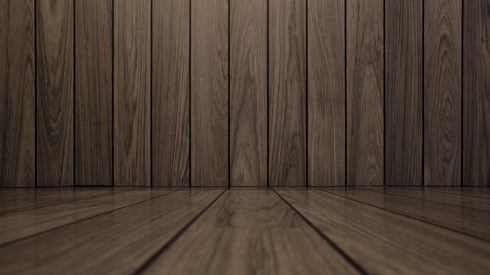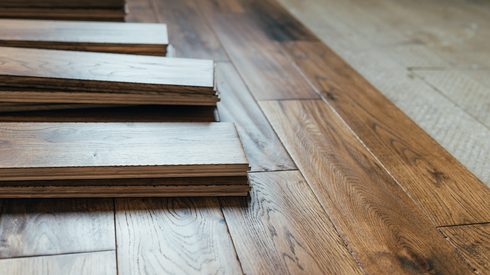Residential construction spending reached its peak in 2022 after increasing for 24 consecutive months, followed by a downturn beginning in June that lasted the remainder of the year.
The seasonally adjusted annual rate (SAAR) of residential construction spending reached its record high of $945.2 billion in May of last year, according to the US Census Bureau. For the remainder of 2022, spending dropped steadily each month to the December reading of $857.2 billion (SAAR).
For all of 2022, private residential construction spending totaled $899.1 billion, an increase of 13.3% over 2021. Those expenditures made up 62.9% of all construction spending, up marginally from 62.0% in 2021.
Out of the $899.1 billion spent last year on residential construction, $442.5 billion went to the building of single-family homes and $105.0 billion to multifamily. The remainder, $351.6 billion, was used on residential improvements, such as repair and remodeling, which excludes upgrades on rental, vacant, and seasonal homes.
Compared with December 2021, single-family construction spending dropped 14.7% in December of last year. In the same year-over-year comparison, multifamily outlays increased 20.7%.
The rapid rate of growth in home prices and construction costs were key factors in the escalation of construction spending over the last few years. The downturn is more in line with those now established norms. While residential spending (not seasonally adjusted) dropped 28.7% from May through December of last year, housing starts (not seasonally adjusted) dropped 30.7% over the same period.
Stay ahead of wood products market changes by joining your peers in subscribing to the Random Lengths weekly report. Speak to our team and find out more about our price products, forecasts and how Fastmarkets can help your business.





